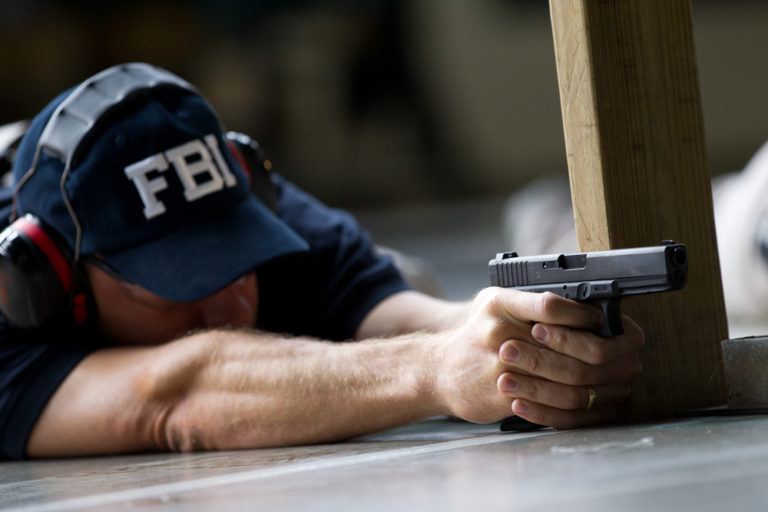
The FBI’s brief dalliance with 10mm handguns led to the development of the .40 Smith & Wesson cartridge, and experts are still divided on the question of the 10mm’s application for law enforcement.
The history of the 10mm and the FBI:
- The Miami shootout of April 11, 1986, led to bullet penetration and ammo tests for the FBI.
- The FBI’s move to 10mm was short-lived, with incessant problems with the S&W Model 1076.
- 10mm ammo proved expensive, large-framed handguns difficult to shoot, leading to the development of the .40 Smith & Wesson cartridge.

Why FBI Considered and Tested 10mm Handguns
After the official inquiry by FBIHQ into the Miami shootout, the Training Division sent a group of instructor/agents to the scene under the direction of FTU Unit Chief Tom Miller, not to determine what the Miami agents had done right or wrong, but how their training and equipment had performed, and what had to be changed. I was part of that group.
Several factors, including regulations on firearms, were changed. But one striking flaw was discovered: the performance of the ammunition. Key to this was a shot taken by Jerry Dove, whose 9mm projectile hit one of the subjects in the arm, penetrated the chest, and then stopped just short of the heart.
Up to that time, the penetration of the round was not considered as important as expansion. Federal and local agencies measured expansion almost solely anticipating a target facing the shooter squarely with only 10 to 12 inches of penetration required. No thought had been given to subjects sideways to the shooter or arms and guns in the way. But now it became apparent more penetration was critical.
Back at the Academy, a team of experts was assembled, including ballistic technicians and top medical examiners from around the country. This resulted in the Wound Ballistic Workshop, held for three days at the FBI Academy in September of 1987. One of the key members of this committee was Colonel (Dr.) Martin L. Fackler, MD, FACS, who was at that time the U.S. Army’s chief wound ballistics expert and was stationed at the Letterman Army Institute of Research.
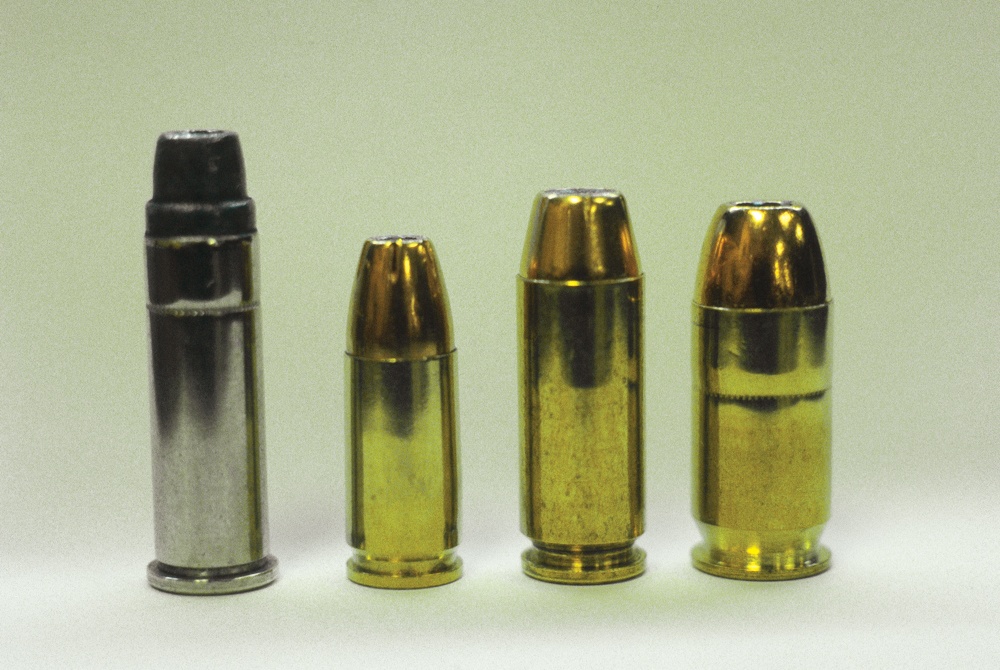
Another very important member was Dr. Vincent J. M. DiMaio, one of the nation’s leading authorities on wounds and wound ballistics. He is the author of the 1985 book, Gunshot Wounds. The findings of this gathering identified criteria for future ammunition selection, predominately a requirement for penetration of at least 12 inches in 10 percent ballistic gelatin.
Caliber was not considered as important as bullet placement and penetration and the 9mm vs .45 ACP controversy was initially sidestepped. As a stopgap, the Bureau adopted the 9mm Winchester 147-grain subsonic jacketed hollowpoint as its service round.
This highly accurate round, originally designed for suppressed military handguns, gave excellent penetration. In fact, it is still in use by many law enforcement agencies who have chosen to stay with the 9mm. The new FBI service load, recently adopted, is a similar subsonic load, the Speer 147-grain jacketed hollowpoint designated the G2.
I started formal testing of Winchester’s new 147-grain subsonic load in August of 1987. The round had gone through extensive military testing, primarily through the Naval Weapons Support Center. The original projectile weighed 140 grains in two bullet designs. These bullets in a subsonic loading did not reliably operate the gun action, or the “impulse” of the round.
Technicians estimated an additional 5 percent bullet weight was required, hence the unusual weight of 147 grains. The loading was originally intended for the S&W “Hush Puppy,” a modified Model 459 with suppressor, built for the Navy Seals. At that time, terminal ballistic testing was conducted in 20 percent gelatin. After the Wound Ballistic Workshop concluded, we changed to 10 percent to be in line with the majority of other test facilities.
After further testing of the round, the FBI adopted it for all 9mm weapons in inventory. The fact the round was subsonic was not a criteria, although it was used in the few MP5SDs (suppressed) in Bureau inventory. A bonus came to light as Olin Winchester started testing its round for commercial use. It was found to be very accurate, so they marketed it as the “Olin Super Match” or OSM.
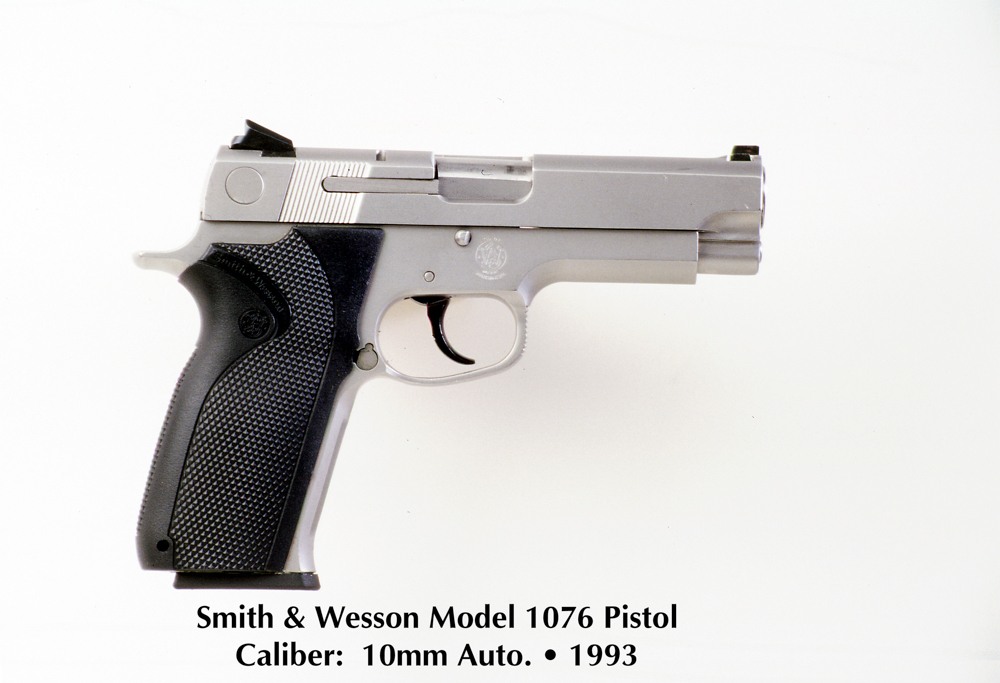
The loading gave excellent performance, though was later replaced by the Federal 147-grain subsonic, after I was removed from the ballistics program. The Federal version tended to fragment when fired in long-barreled weapons but was continued in use for several years. It is interesting that the latest 9mm loading for the Bureau is a 147-grain subsonic, this one manufactured by Speer utilizing its Gold Dot bullet with modifications.
In April of 1988, due to increased interest in the original round by other law enforcement agencies, I wrote a published report entitled, Adoption of the 9MM 147-Grain JHP By The FBI explaining why this particular round was selected.
The FBI Ballistics Program
Then the FBI’s ballistics program became official. I was initially appointed to head up the group on a full-time basis and received valuable assistance from other personnel in and out of the Firearms Training Unit as well as from the firearms and ammunition industry. Hundreds of pounds of ballistic gelatin was prepared and shot. This was new territory and we had to design test racks for the various tests, material to shoot through that could be duplicated. We even had to contact car companies to obtain specifications on window glass and door panels.
We took over the left lane of the indoor range. Targets were shot with both test barrels as well as actual service firearms. In the end, it became apparent that the ideal round for law enforcement, or at least for the FBI, might be a .40 caliber, aka the 10mm, the exact midway between the 9mm and .45.
But it was recognized that not all shots against subjects occurred without some sort of barrier between. Shooting statistics were studied and, over time, a .40-round protocol was developed, using automobile glass, sheet steel, plywood, plasterboard and layers of clothing. These tests eventually became the standard of ammunition testing for law enforcement and were adopted by most ammunition companies. While it has changed somewhat during the following years, it is still the basis for selection by many agencies, including the Bureau.
This testing resulting in the FBI’s adoption of the 10mm round, downloaded to about 950 fps, using a Sierra 180-grain jacketed hollowpoint. The long round, however, required a very large frame pistol. Adopted was the Smith & Wesson Model 1076.
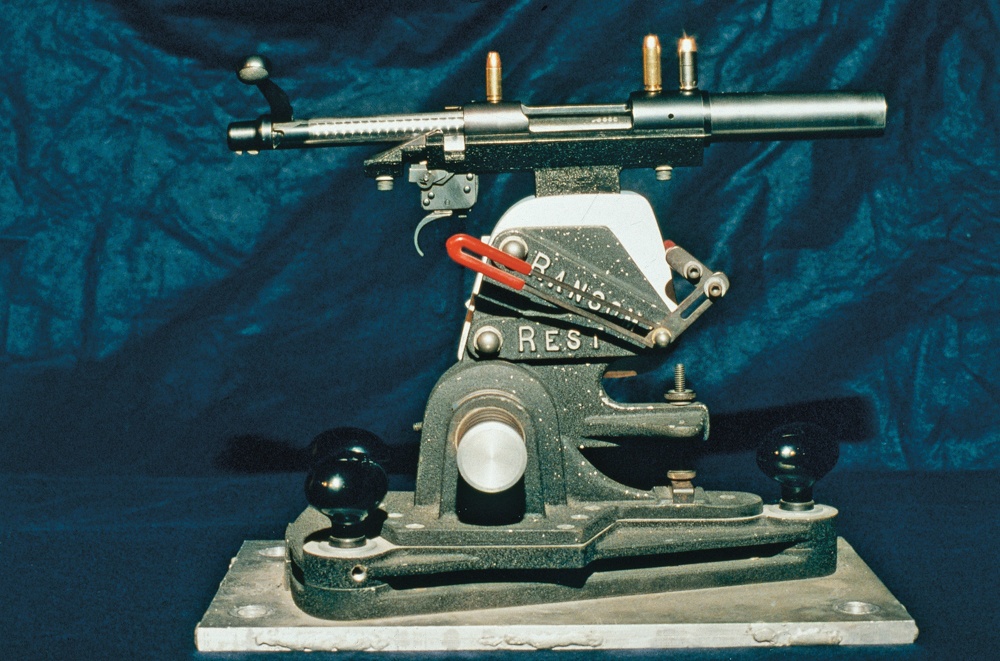
A shorter 10mm round, already loaded as a “wildcat,” would have been ideal, but the development of the .40 S&W was then a closely held secret between Smith & Wesson and Winchester. The shorter round would have allowed the use of medium frame pistols, much more practical for law enforcement use. Apparently, S&W didn’t want the competition.
The Smith & Wesson 1076 exhibited some problems from the start. Guns were returned to the factory for adjustment. To confuse the situation even more, some performed flawlessly throughout new agent training. Others continued to have problems.
One new agent enjoyed a perfectly performing pistol until the last qualification, just before his graduation, when his 1076 seriously jammed up. An entire new agent class lost confidence in the gun and requested a different make and model. But to be fair, the pressure to develop something good and fast created a lot of pressure on both Smith & Wesson as well as the FTU personnel tasked with the procurement. It was a steep learning curve for both.
Then an agent in the Miami office participated in a heavy arrest. When he arrived at the jail with the subject, he tried to unload his 1076 and found it jammed shut. After booking the prisoner, he went directly to the Bureau’s nearby range and tried to fire it without success. Nor could he unload the gun. A mallet had to be used to get the pistol open.
When word of this reached the Gun Vault at Quantico, instructors were given permission to leave any problem guns loaded and send them to Quantico. They didn’t have to wait long. Another handgun, this time in the Tampa Division, also jammed up. The special agent involved flew to Washington, DC with the gun on his hip (and another brand for backup) to deliver to the Gun Vault.
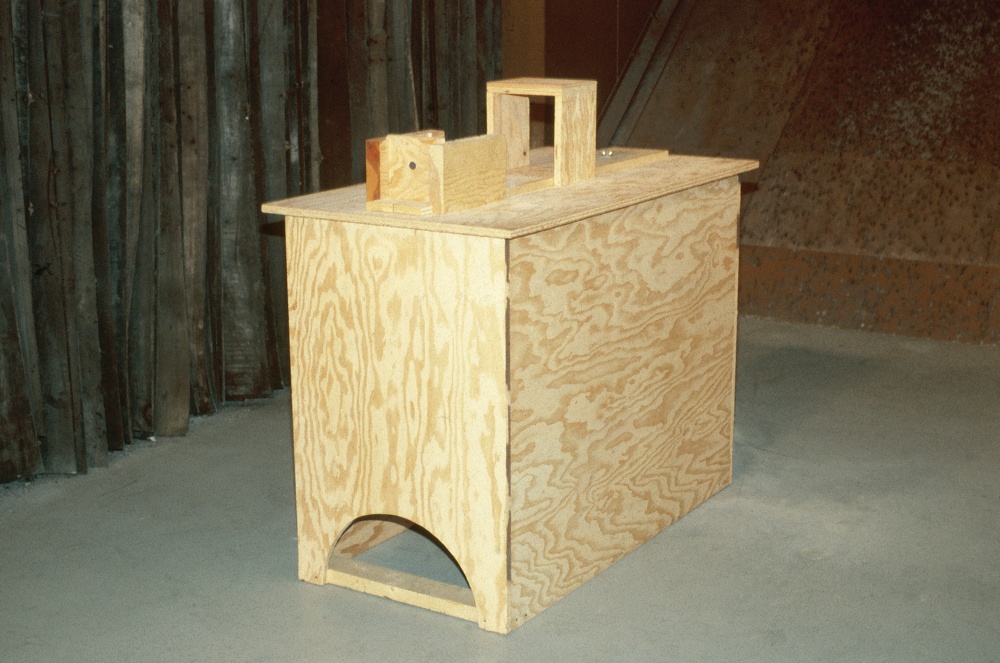
The 1076 was shortly dropped from FBI use due to reliability problems and the Bureau went back to the SIG P228 and P226, still using the subsonic 9mm loading. The Bureau would later issue Glocks in .40 S&W caliber, with basically the same ballistics as the FBI handloaded 10mm.
Had the S&W 1076s worked flawlessly, in my opinion they still would not have been popular with the agent population due to their size and weight. One evaluation occurred for the new pistol when a variety of agents from around the country were called to Quantico to fire the weapon on numerous courses. At the end of the week, they were given the opportunity to evaluate their findings. On the evening of the last day of the session, my phone rang at home.
It was a woman who had been in one of my new agent classes. She was a lawyer from a large Eastern city and had done well in my class. She was in tears. She told me that the 1076 was so large and so heavy that she had serious difficulties shooting it. She concluded by saying, “If they make me carry that gun, I will have to resign.”
On September 5, 1991, the Firearms Training Unit published a document entitled, SMITH & WESSON 10MM MODEL 1076 SEMIAUTOMATIC PISTOL. The document gives the timeline for the procurement, starting in January of 1990 when the contract was signed for 9,500 pistols and ending in August of 1991 with the recall of the (decocking) S&W 9mm, 10mm and .45-cal. pistols. It describes the number of malfunctions of the 1076 vs. the SIG P226 and detailed charts listing the number and type of malfunctions. Under Conclusions, the document lists:
1. S&W has not demonstrated the ability to produce a reliable, durable weapon for the FBI.
2. There is and will be a confidence problem concerning the S&W Model 1076 in the minds of FBI Special Agents.
3. The FBI has spent enough time and money in this effort.
And under Recommendations:
1. Terminate the contract with S&W for the Model 1076 (funding can be restored).
2. Prepare for another emergency procurement of pistols (up to 2,000 weapons for approximately $1 million.
3. Conduct weapons needs analysis for the FBI.
4. Write specifications and RFP (solicitation); Test weapons and begin new contract.
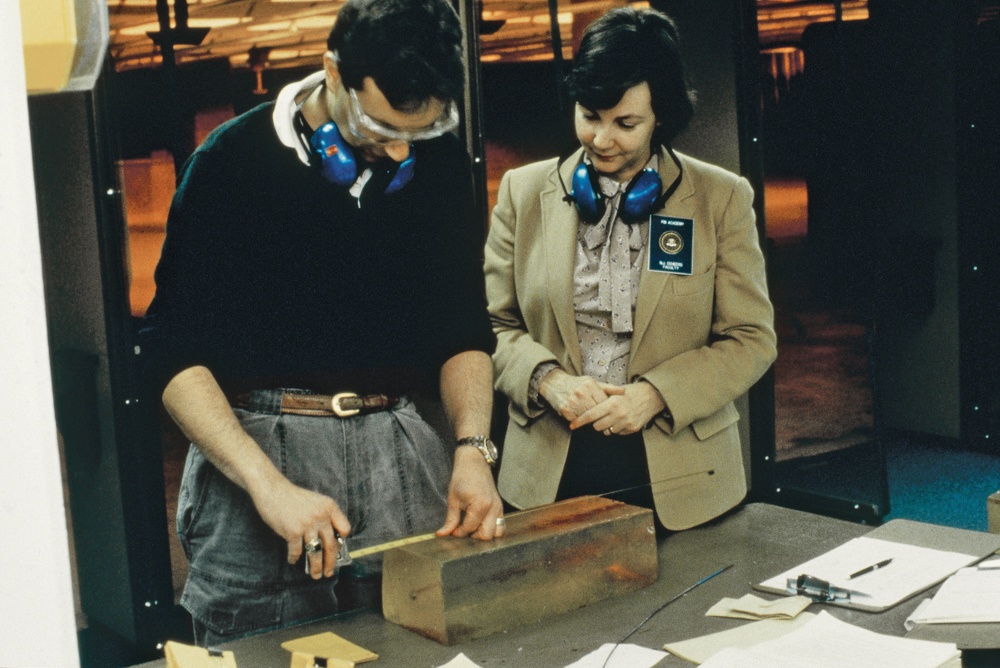
In April of 1991, then Director William Sessions approved the formation of a working group to study the 10mm situation. The group looked into the original procurement, the problems with the sample and issue guns and made recommendations to correct any problems, one way or another.
The group was headed up by Special Agent in Charge Danny O. Coulson, who had plenty of experience with weapons as the first head of the Hostage Rescue Team. The group was composed of agents from headquarters and the field spread throughout Quantico, instructors, students, gunsmiths and supervisors.
When the study was completed, Coulson presented a memo through channels that was dated May 30, 1991. In it, there were 23 recommendations. Among them, the group suggested the Training Division immediately recall all Smith & Wesson 1076 pistols to make modifications to ensure their reliability and cease issuing this model to agents and agents in training.
All agents who have personally owned weapons or are trained in other Bureau weapons be instructed to utilize them while their 1076s are being repaired or be retrained to another Bureau weapon. That the current contract requirement for S&W to supply 11- and 15-round magazines be dropped and that only 9-round mags be issued.
The report went on to recommend that Gun Vault personnel make no adjustments to 1076s prior to issuance. (There was some controversy if the Gun Vault repairs or adjustments contributed to the problems with the pistols and the study group wanted to eliminate this consideration.) In addition, it was recommended that future pistol contracts call for a longevity of less than 40,000 rounds. Another was that the FBI abandon the concept of a single model handgun for all agents. The report reads, “The developmental phase of the S&W Model 1076 pistol embraced the concept that the FBI would have one gun for all of its agents, that gun being the 1076. It is the finding of this Study Group that that is an inappropriate concept and one that should be abandoned.
“It is the finding of this Study Group that the FBI should pursue a ‘family of weapons’ that would provide sufficient flexibility to our agents based upon personal abilities, personal preferences, and assignment. These weapons should include revolvers, 9mm pistols, 10mm pistols, .45-caliber pistols, and .40-caliber pistols.
“It should be noted that the .40 caliber Smith & Wesson that was developed parallel to the development of our 10mm round and pistol achieves approximately the same ballistic characteristics as the FBI 10mm light. Because of its shorter case, a .40 caliber Smith and Wesson pistol can be made smaller, and it can be double stacked to allow for higher capacity magazines.”
The group also recognized the possibility of including another Smith & Wesson model, the smaller 1086 in double-action only. They wrote, “One new female Agent of small stature and hand size was determined to be incapable of qualifying with the Model 1076 pistol.
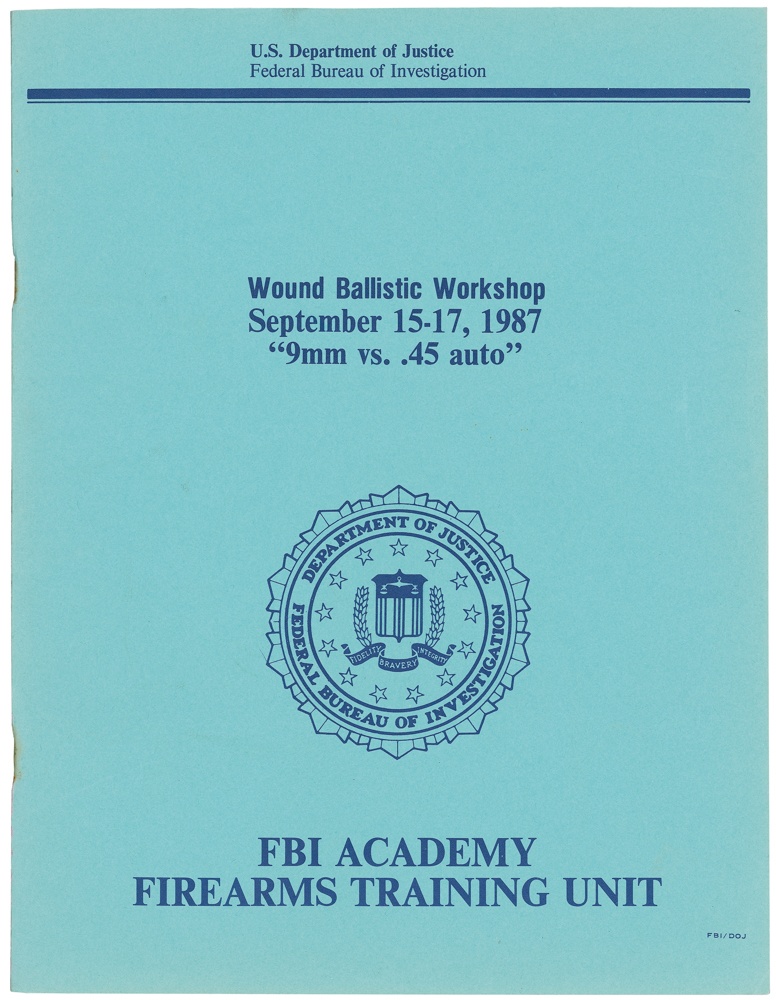
This agent’s hands were not large enough to cycle the double action trigger pull on the Model 1076. As a result, she had not qualified with this weapon. Unit Chief PLEDGER arranged for the purchase of a Model 1086 10mm Smith & Wesson in double action only. After being issued this weapon, and after an appropriate period of training, she qualified on her next attempt with this weapon. The foresight of Mr. PLEDGER in providing her with this weapon allowed us to keep on the rolls a qualified individual who we may have lost to the attrition of a firearms failure.”
“This Study Group has determined that a significant number of individuals interviewed and those who responded to surveys produced by the Study Group, are critical of the relatively large size of the current 1076.”
As to ammunition, the group recommended the adoption of a less expensive training round and suggested changing procedures for future procurements. At that time, the FBI was paying considerably more for 10mm ammunition than any other handgun round.
In 1990, the ammunition program was turned over to Special Agent Wade Plucker and Technician Ted Hollabaugh, a former Marine Corps and FBI armorer. Jointly, they ran the Ballistic Research Facility (BRF) for several years, making changes in techniques and equipment.
Today, the BRF is the ultimate in ammunition testing. Headed then by Supervisory Special Agent Buford Boone, this modern, multi-million dollar facility tests ammunition from around the country and the world. Buford and his staff answered inquiries from law enforcement and military agencies on a constant basis, often more than a hundred a month, supplying technical information not affordable to the average agency. Official letterhead requests are required.
The agencies receive data, not opinions. The results of testing at the BRF are not available to the public but test results of ammunition are supplied to the respective manufacturers to improve their products.
On a 2011 visit to the facility, located in an inconspicuous building at the FBI Academy ranges, Buford pointed out to me two charts, depicting expansion of service ammunition. One showed about half of the forty projectiles tested had expanded. The other chart illustrated 100 percent expansion in the various tests. “That is the result, in part, of our feedback to the manufacturers.” Buford stated. “By studying our test results of their ammo, they can improve their own product. And we all can benefit from that. Our forty-round test protocol today is fully repeatable, scientific and valid.”
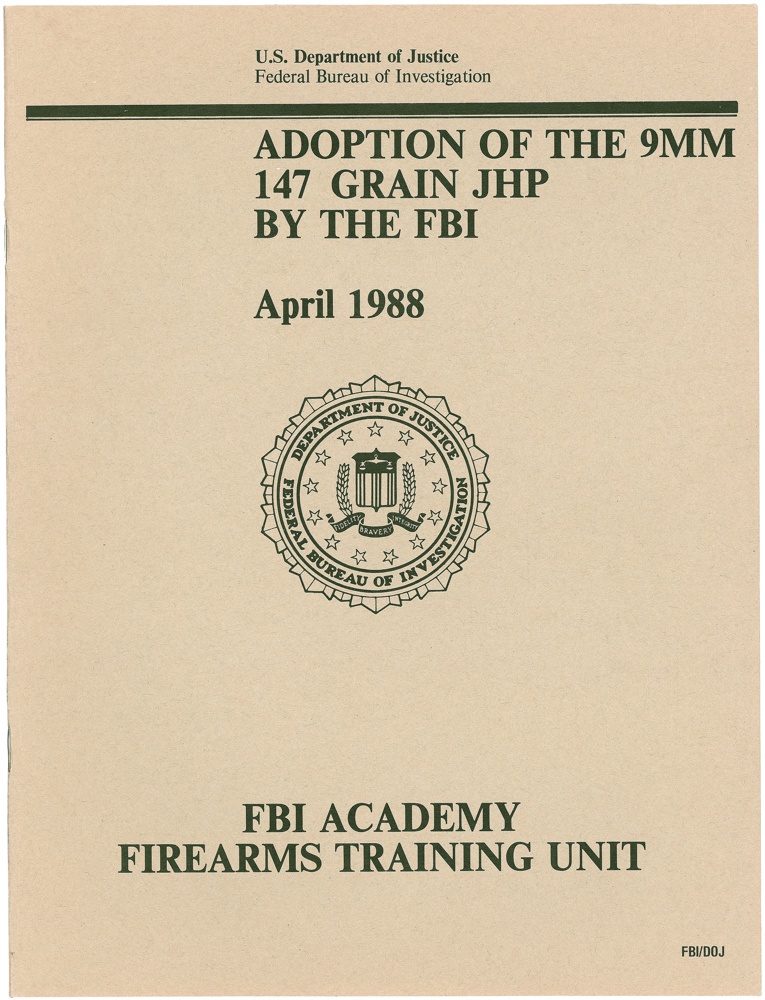
The testing currently performed at the facility is way beyond what was done back in the 1990s. The state-of-the-art facility now includes high speed photography, extreme temperature testing from minus 40 to plus 140 degrees and accuracy evaluation with instant results downloaded to computers. And it is not just limited to ammunition. BRF also assists in weapons and body armor testing as well and conducts R&D for theoretical ballistic load development. BRF can handle interior, exterior and terminal ballistic testing and to that end, maintains a library of reference firearms in house. Its reloading area would make any varmint hunter jealous.
Supervisory Special Agent Boone retired in 2012. His successor had already been chosen. Supervisory Special Agent Scott Patterson had been on board then for more than 18 months and had a healthy overlap to “learn the ropes.” By the time of his retirement, Buford was so well respected by the industry that Speer produced a special run of .40 S&W ammunition with his name on the headstamp.
With the assistance of his capable staff, the Ballistic Research Facility is still in good hands. Recently, we discussed the new 9mm service round. Patterson stated that extensive testing has proven that it is at least as effective as any .40 S&W load. The nine is easier on guns and is easier to fire accurately. But he went on to say that there is no so-called wonder bullet. “The best bullet in the world can’t overcome a miss,” he said. And to that I add: you should continue to fire until your target is no longer a threat.
Our Top Articles on 10mm Firearms
- Most Accurate 10mm Pistol – Precision and Performance Redefined
- Best 10mm Carbine Rifles for Hunting, Defense, and More
- Finding the Best Budget 1911 10mm Pistol for Your Needs
Editor’s Note: This excerpt is from Guns of the FBI, A History of the Bureau’s Firearms and Training, available now at GunDigestStore.com.

Next Step: Get your FREE Printable Target Pack
Enhance your shooting precision with our 62 MOA Targets, perfect for rifles and handguns. Crafted in collaboration with Storm Tactical for accuracy and versatility.
Subscribe to the Gun Digest email newsletter and get your downloadable target pack sent straight to your inbox. Stay updated with the latest firearms info in the industry.

![Best Concealed Carry Guns In 2025 [Field Tested] Wilson Combat EDC X9S 1](https://gundigest.com/wp-content/uploads/Wilson-Combat-EDC-X9S-1-324x160.jpg)


![Best 9mm Carbine: Affordable PCCs [Tested] Ruger Carbine Shooting](https://gundigest.com/wp-content/uploads/Ruger-Carbine-Shooting-100x70.jpg)
![Best AR-15: Top Options Available Today [Field Tested] Harrington and Richardson PSA XM177E2 feature](https://gundigest.com/wp-content/uploads/Harrington-and-Richardson-PSA-XM177E2-feature-100x70.jpg)

You have elegantly crafted the content in a manner that is truly impressive.